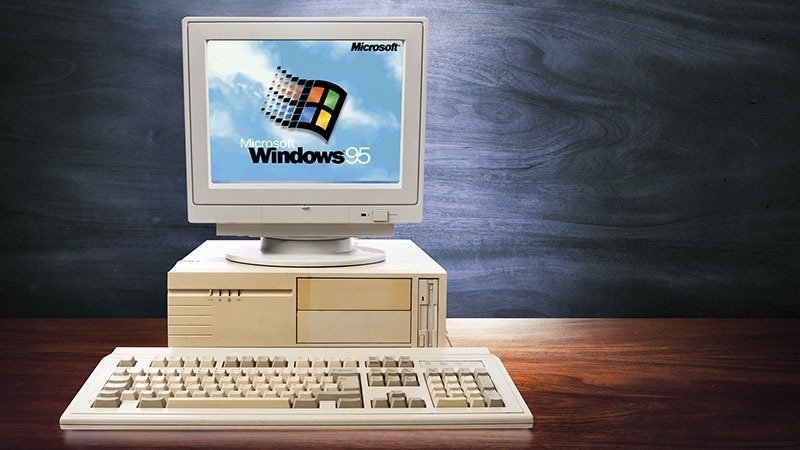
Every now and then, Microsoft's design director, Diego Baca, boots up an old computer so he can tinker with Windows 95 again.
Baca has a hobby of assembling old PCs with vintage parts that are still fresh in the box, and so his office has become a place of Windows history.
Among these, the most prominent is probably Windows 95. Launched in August 1995, Windows 95 introduced many concepts that are still associated with Windows operating systems today, such as the Start button and the Taskbar. It was extremely successful and quickly became the most popular desktop operating system.
"Windows 95 introduced a lot of really clear, enduring metaphors about how computing could be simplified for customers," Baca said.
The secret to success
Windows 95 was successful in part because it was the first Microsoft operating system to really put designers in charge of the design. Under pressure to compete with Apple's Mac user interface, Microsoft assembled a design team and made usability testing a big part of the development process.
"It was the first time at Microsoft where the design of a product wasn't entirely determined by engineers. It was a real multi-team effort between research, design, and engineering," said Virginia Howlett, who led the Windows 95 design team.
Howlett joined Microsoft as a graphic designer and consultant on computer-based training software. However, after seeing the failure of Windows 1.0, released in 1985 as an add-on to MS-DOS, she decided to join the project to "revamp" the operating system.
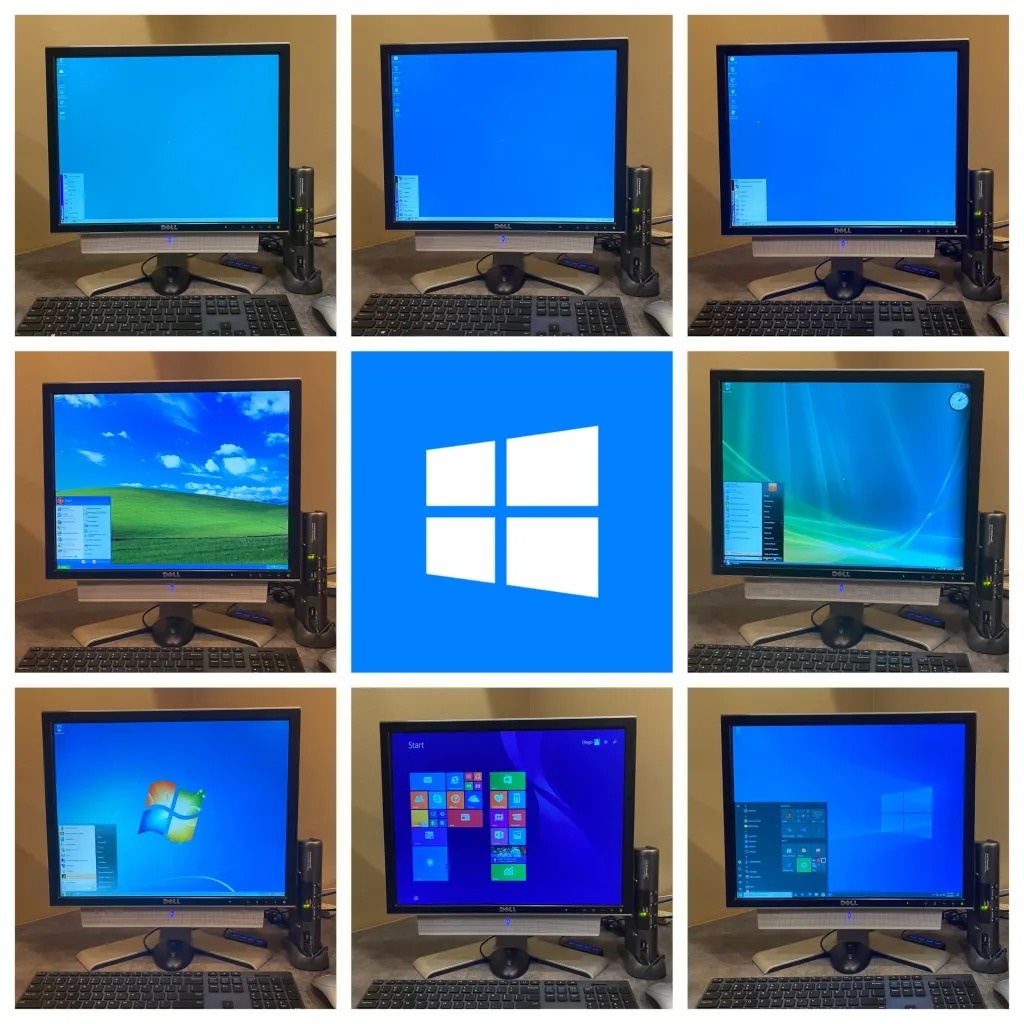 |
Designing Windows versions at home by Microsoft design director Diego Baca. Photo: Microsoft. |
"Windows 1.0 was a huge missed opportunity. It simply pains me to see such poor design," Ms. Howlett commented.
By 1990, Microsoft released Windows 3.0, the first widely-received version. Howlett and her team contributed to it. However, it wasn't until Windows 95 that designers were really directly involved in figuring out the best way to do things and how to present them to users.
It's also worth mentioning that improvements in PC hardware allowed Windows 95 to perform some new tricks. The operating system was designed for screens with a resolution of 800x600 pixels — a significant step up from the previous standard of 640x480.
By default, Windows 95 supported a 256-color palette, up from 16 colors in Windows 3.1. These advances helped Windows 95 designers give the system a more appealing look.
"We used shadows and edges to mark all the borders. When they appear in the interface today, you would say that's old. But at the time, it was a great thing," said Chris Guzak, a Microsoft engineer who worked to integrate much of the design work into Windows 95.
Competitive dynamics
The impetus to make Windows 95 more accessible came largely from Apple, which had licensed part of its own graphical user interface to Microsoft to design Windows 1.0.
However, Apple later sued over additional elements Microsoft added to subsequent versions. Apple ultimately lost the case, but Guzak said there was a "high sense of competition" from Microsoft's leadership at the time.
“There was really a sense that we needed something that people could use, that would be accepted, and that could make them curious,” Guzak recounted.
In fact, Microsoft's ambitions were well-founded, as many users were still learning how to use computers. In October 1995, a Times Mirror Center study found that only 36 percent of U.S. households owned a personal computer.
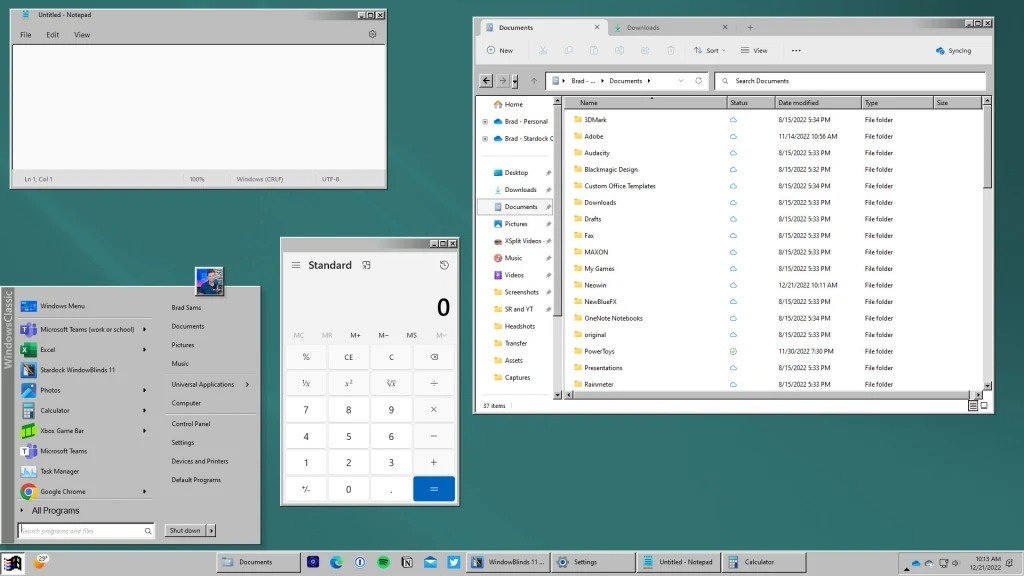 |
Windows 95 introduced many concepts that are still associated with Windows today, such as the Start button and the Taskbar. Internet Explorer, the Recycle Bin, and the Start button also appeared in this version. Photo: Stardock. |
This was also the time when Microsoft was at its peak as a consumer-centric company. It spent $300 million marketing Windows 95, encouraging retailers to hold launch parties, with comedian Jay Leno hosting a huge, highly publicized launch event on its campus in Redmond, Washington.
Friends co-stars Jennifer Aniston and Matthew Perry even starred in a tutorial video to showcase the operating system's new features.
More importantly, according to Paul Thurrott, a longtime Microsoft writer and tech reporter, all of these factors came together at just the right time.
By then, Apple’s software had begun to stagnate, the Mac interface was still largely black and white, and even Mac enthusiasts were reluctant to admit that Microsoft’s designs were catching up.
All of this has led to users lining up at computer stores at midnight just to get their hands on the new operating system.
Source: https://znews.vn/phien-ban-windows-huyen-thoai-tung-gay-sot-the-nao-post1569246.html





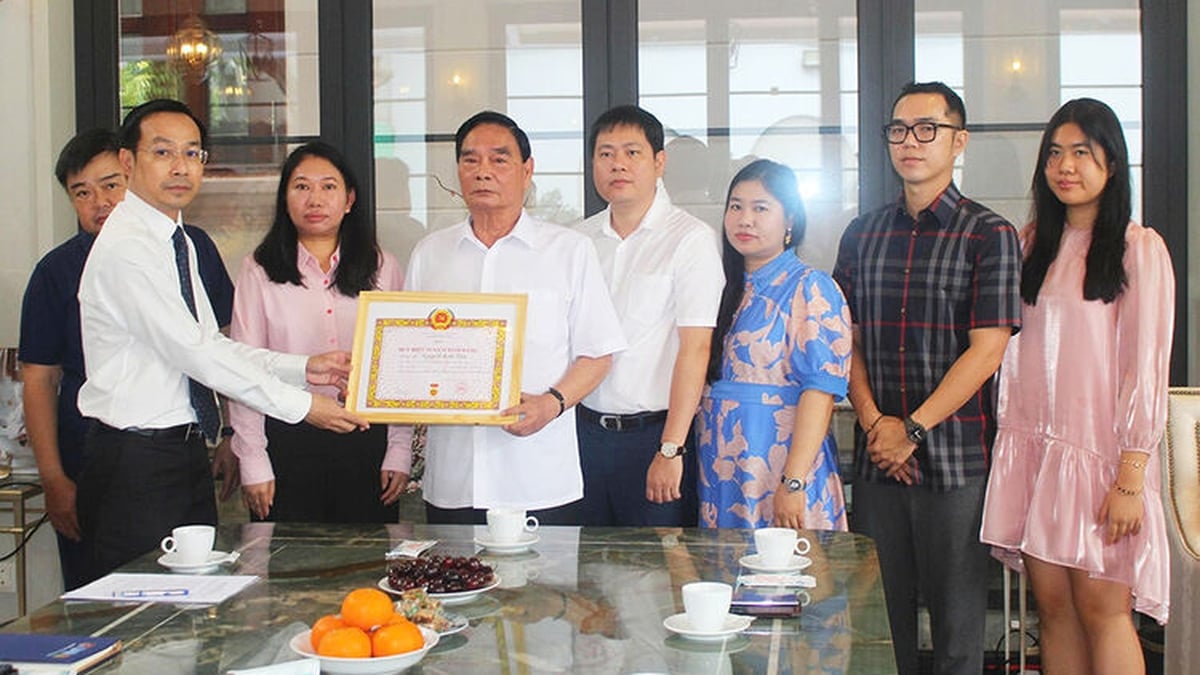
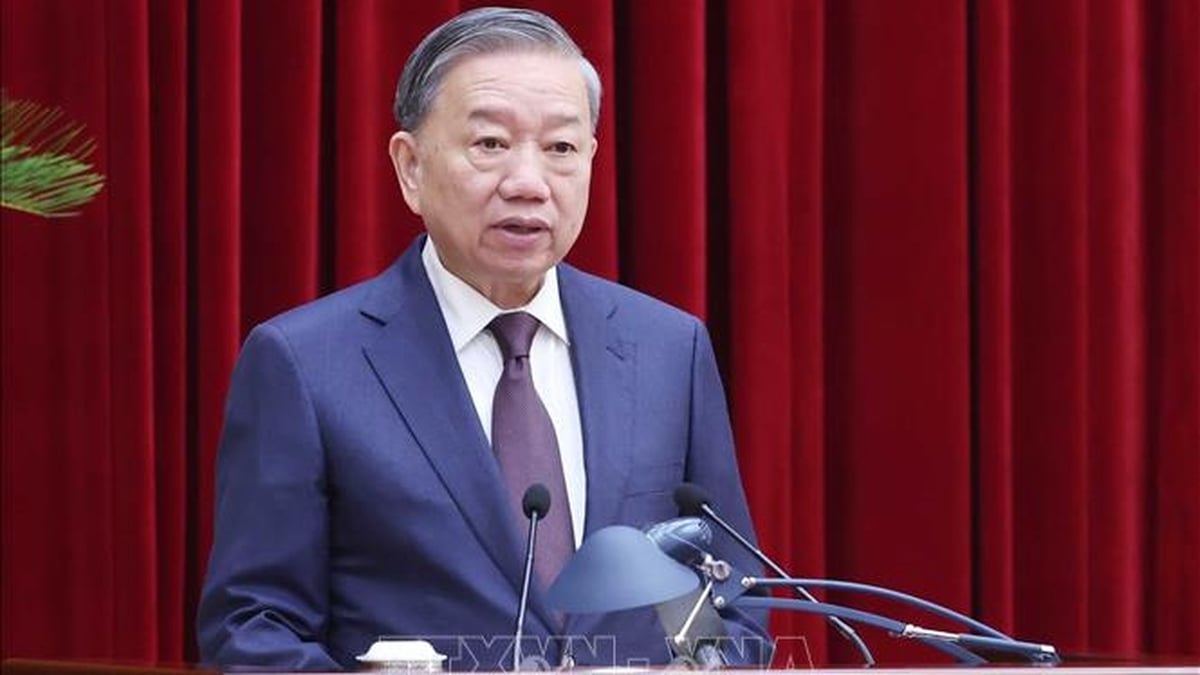




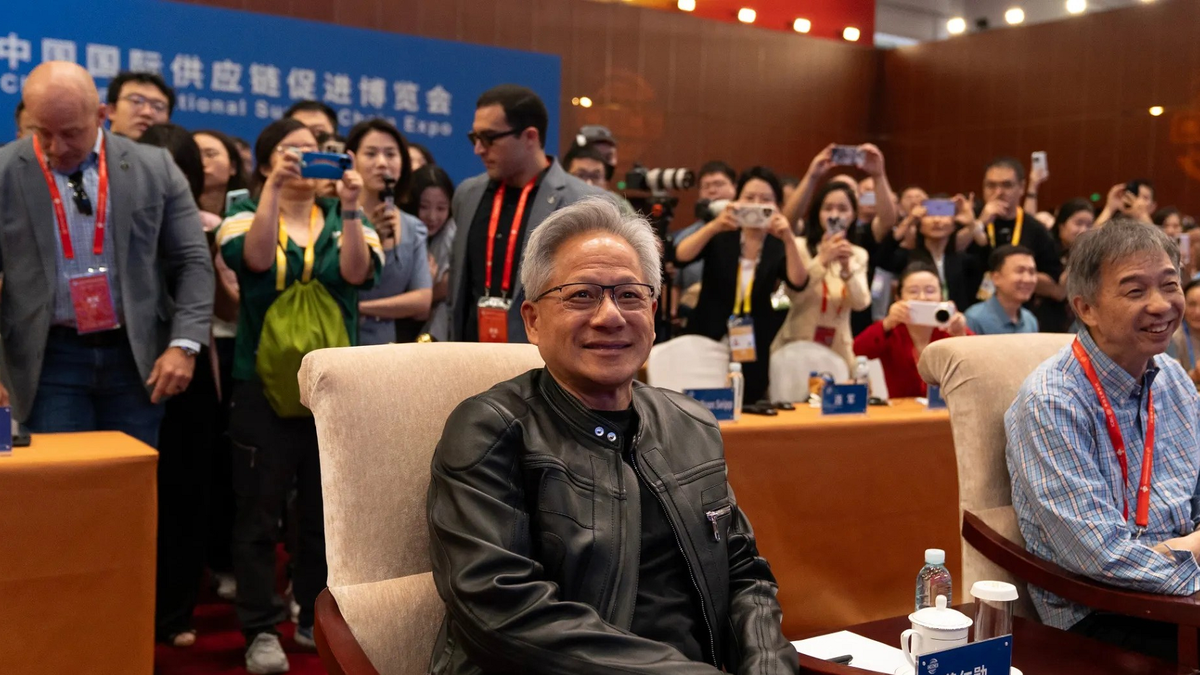








































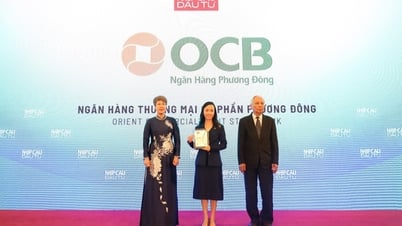



































![[Infographic] In 2025, 47 products will achieve national OCOP](https://vphoto.vietnam.vn/thumb/402x226/vietnam/resource/IMAGE/2025/7/16/5d672398b0744db3ab920e05db8e5b7d)













Comment (0)